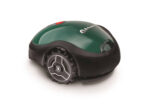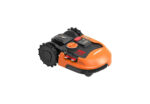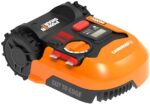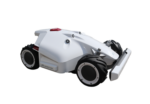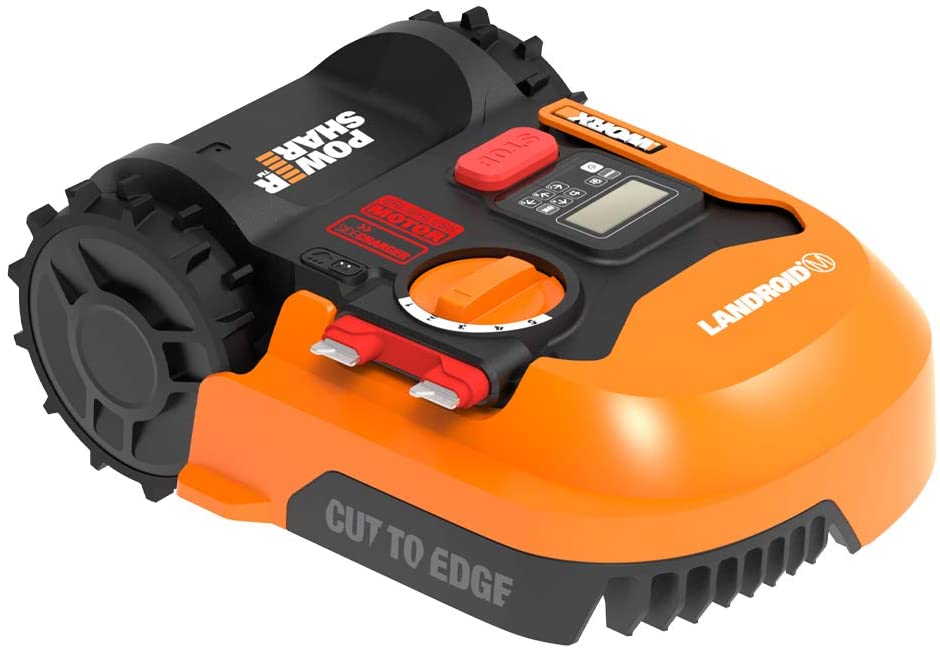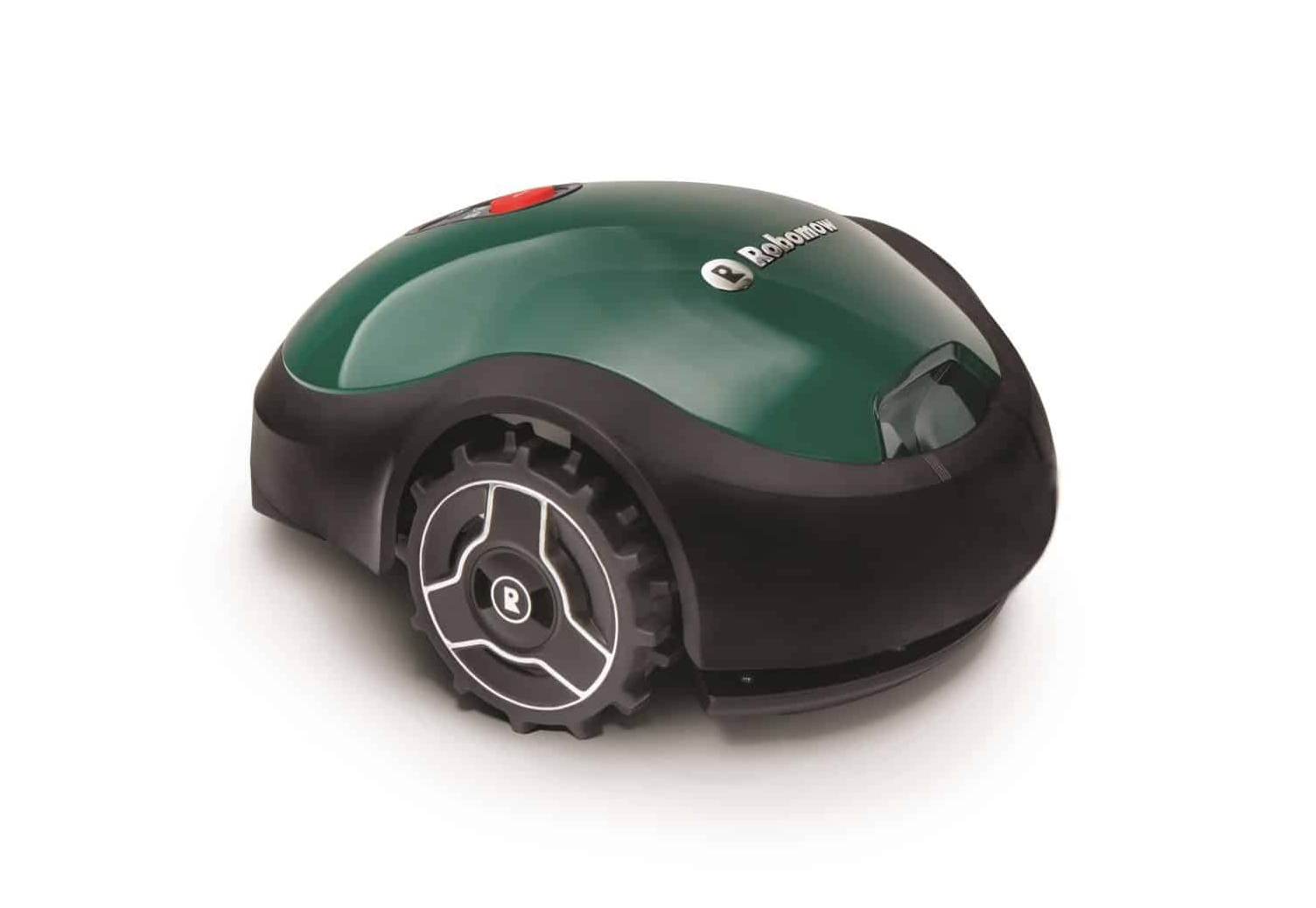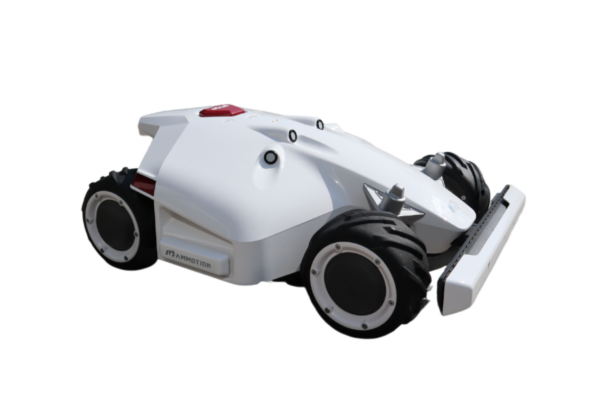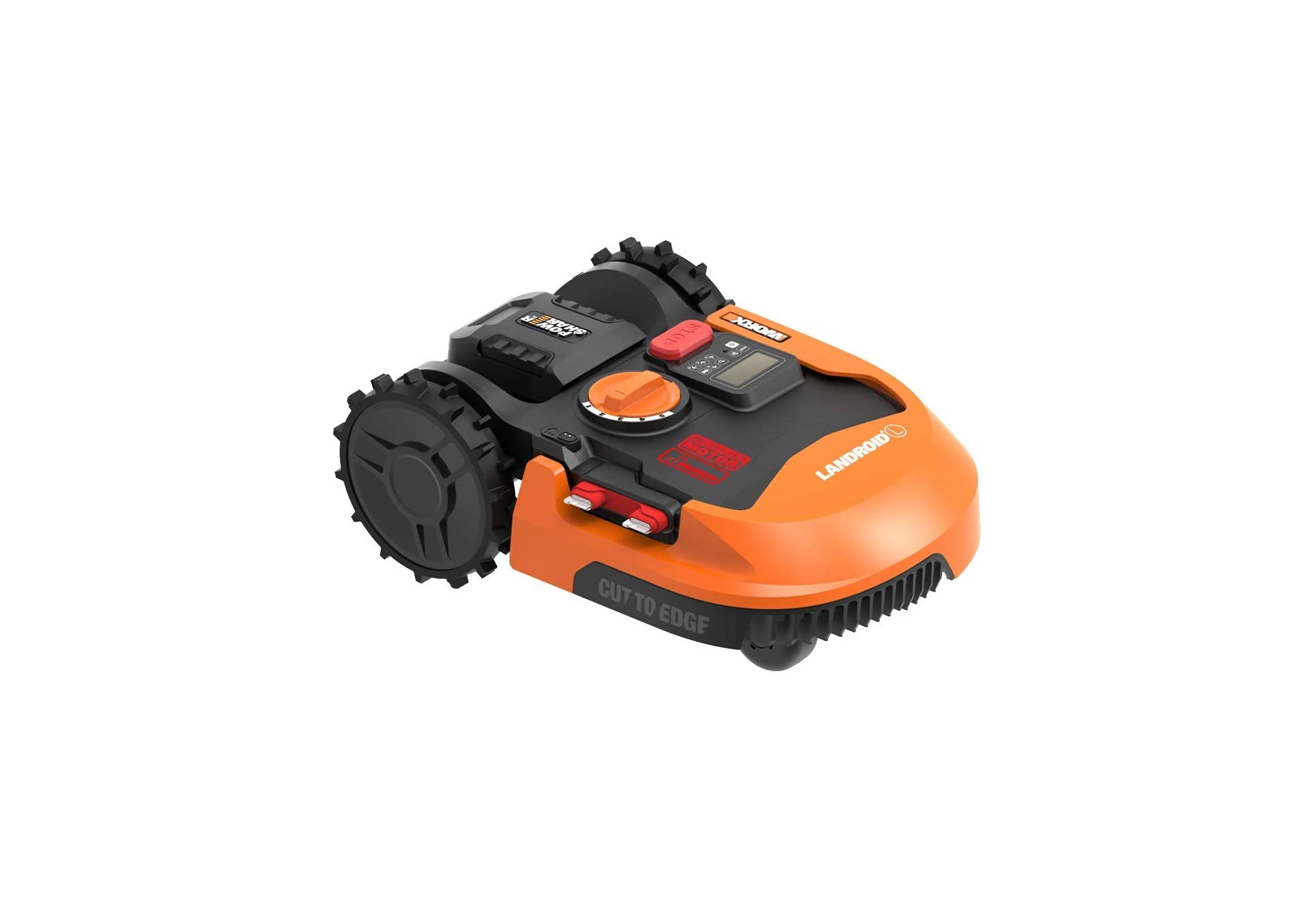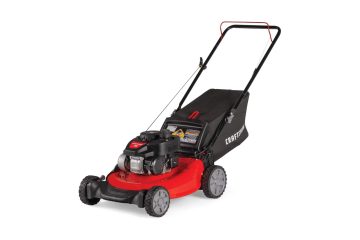We're an affiliate
I hope you love the products I recommend! Just so you know, some of the links in this blog are affiliate links meaning that I will receive a small commission, at no extra cost to you. Thank you if you use my links, I truly appreciate it.
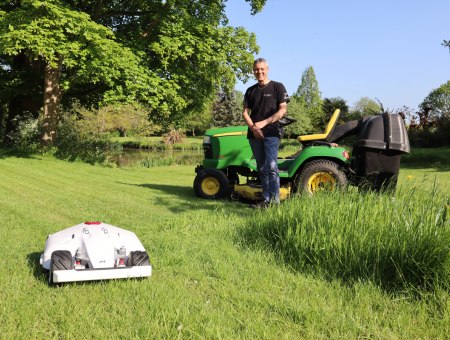
When looking to buy a robotic lawn mower, it’s critical to evaluate your lawn’s specific needs and the features that will best meet those needs. Robotic lawn mowers have become increasingly sophisticated, offering a convenient way to maintain your yard with minimal effort on your part. As someone who values a well-kept lawn but wants to save time, I understand that choosing the right model can be daunting given the range of options available.
It’s essential to consider the size and complexity of your lawn, as different models cater to different types of terrain and square footage. A mower that works well on a flat, small lawn might struggle with large, undulating gardens. Therefore, I look at the battery life, cutting width, and the mower’s ability to handle various obstacles. Additionally, understanding the technical compatibility with your lawn and the level of control or automation you require is important. Some models are equipped with GPS and Wi-Fi capabilities, allowing for precise navigation and control via smartphone apps.
Key Takeaways
- Assessing lawn size and terrain is crucial when selecting a robotic lawn mower.
- Mower’s battery life and cutting width should align with the lawn’s dimensions.
- Advanced features like GPS and app compatibility offer enhanced control.
Best Robotic Lawn Mowers at a Glance:
Last update on 2024-03-15 / Affiliate links / Images from Amazon Product Advertising API
Best Robotic Lawn Mowers List
Best Robotic Lawn Mowers for Small and Medium Yards
Best Robotic Lawn Mowers for Large Yards
What To Look For When Purchasing a Robotic Lawn Mower: Key Considerations
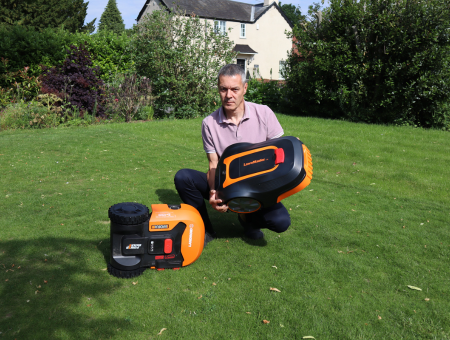
When choosing a robotic lawn mower, it’s crucial to evaluate your lawn’s specific needs along with the mower’s features to ensure you make a cost-effective investment.
Assessing Lawn Size and Terrain
My lawn’s size and terrain are pivotal factors in selecting the best robot lawn mower. Larger lawns require mowers with longer battery life and wider cutting width to maintain efficiently. For terrains that are hilly or have rough patches, it’s essential to look for mowers with stronger wheels and motors adapted for slopes. If my lawn has narrow passages, I’ll need a mower capable of navigating these without getting stuck.
- Lawn Size: Large (> 1/2 acre), Medium (1/4 to 1/2 acre), Small (< 1/4 acre)
- Terrain Type: Flat, Sloped, Hilly, Rough
- Important Features: Slope capability, wheel traction, obstacle detection
Understanding Different Mower Features
Knowing the features of robotic lawn mowers guides my purchase decision towards a machine that matches my lawn’s complexity. Key features include cutting width and height, which impact how broad and tall grass can be for effective cutting. A robotic mower that offers mulching serves the dual purpose of cutting and fertilizing my lawn. Additionally, I’ll consider advanced features like GPS tracking and programmable schedules for added convenience.
Key Features to Consider:
- Cutting Width: Ideal for lawn size
- Cutting Height: Adjustable to grass type
- Mulching Capability: Yes / No
- Connectivity: App control, GPS tracking
- Programmable: Scheduling flexibility
Comparing Prices and Value
The cost and value of the best robot lawn mowers are directly linked. High prices often come with more features and better build quality. However, opting for the most expensive model doesn’t guarantee the best value for my lawn. It’s essential to balance the price against the features I truly need. To make the most informed decision, I will compare:
- Prices: across different models and brands.
- Value: considering longevity, warranty, and customer support.
- Budget: defining my price range based on the must-have features compared to nice-to-have extras.
| Price Range | Expected Features |
|---|---|
| Budget | Basic cutting, limited slope capability |
| Mid-range | Advanced navigation, mulching |
| High-end | All-terrain capability, smart features |
Technical Aspects and Compatibility

When considering a robotic lawn mower, I focus on three critical components: installation and setup intricacies, the capacity for smart home integration, and the necessary maintenance and safety precautions to ensure seamless operation.
Installation and Setup
The initial setup of a robotic lawn mower predominantly involves laying down a guide wire, which acts as a boundary wire or perimeter wire to define the mowing area. I’ve observed that installation can take a few hours to a day, depending on lawn complexity. While professional installation is an option, many models come with a straightforward guide. Here’s a quick reference:
- Installation Time: 2-6 hours (varies by lawn size and complexity)
- DIY Friendly: Yes, with a provided manual
- Additional Tools Needed: Possibly pegs or hammers for securing the wire
When it comes to robotic mowers, there are three primary navigation types to consider. The first is boundary wire navigation, where a perimeter wire is installed around the lawn to define the mowing area. The robotic mower uses this wire to stay within the designated area and navigate around obstacles. The second type is camera vision guided navigation, which uses onboard cameras to detect and navigate around obstacles in real time. This advanced technology allows for more flexibility in the layout of the lawn and can adapt to changes in the environment. The third type is GPS guided navigation, which uses satellite positioning to map out the mowing area and create efficient mowing patterns. This type of navigation is ideal for larger, more complex landscapes and can often be controlled and monitored remotely through a smartphone app. Each navigation type has its own advantages and considerations, so it’s important to understand the specific needs of your yard before choosing the best option for you.
Smart Home Integration
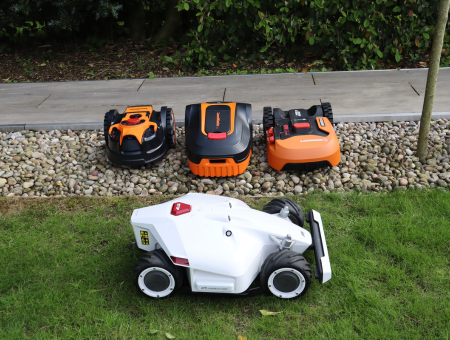
Modern robotic mowers often boast connectivity features such as Wi-Fi or Bluetooth, allowing for app-based controls. I find those compatible with Alexa or Google voice commands exceptionally user-friendly. The smartphone app makes it easy to adjust the mowing schedule and monitor the mower’s status. A summarized breakdown:
- Connectivity: Wi-Fi/Bluetooth-enabled
- Compatibility: Works with Alexa, Google, and others
- Control: App-based with remote adjustments possible
Maintenance and Safety Considerations
Regular maintenance such as checking rechargeable battery packs and replacing cutting blades or razor blades is paramount. In terms of safety, I always ensure that a robotic lawn mower has necessary safety features such as a rain sensor, tilt sensor, and obstacle-detecting sensors. Security features like an alarm can serve to deter potential theft. Key notes include:
- Blades: Replace yearly or as needed
- Battery Life: Check periodically; varies by model (usually 1-2 years)
- Safety and Security: Sensors and alarms included for enhanced protection
By giving due attention to these specific technical and compatibility aspects, I’m equipped to choose a robotic lawn mower that is both efficient and well-fit for my lawn care needs.








